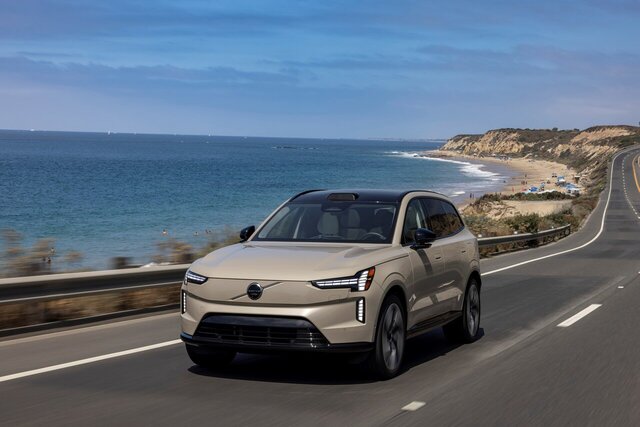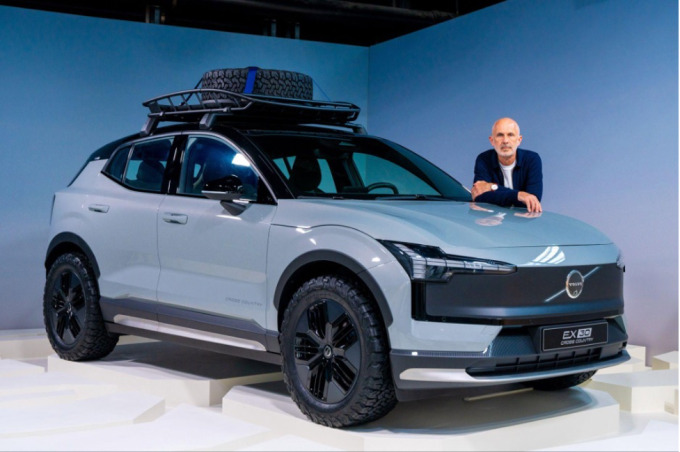Volvo's long-term goal is still to become an all-electric car company and achieve zero greenhouse gas emissions by 2040. This has replaced the company's previous ambition of having an all-electric product line by 2030.
Volvo's adjustment of ambitions is not expected to have any significant impact on the company's investment plans.

Volvo representatives also said that with five fully electric car (EV) models already on the market and five more under development, fully electrified models remain a key pillar in Volvo Cars' product strategy.
In the future, the company aims to have 90% - 100% of its global sales be electric cars by 2030. On the other hand, the remaining 0% - 10% will allow for the sale of a limited number of mild hybrid models if needed.
In addition, Volvo will continue to develop plug-in and mild hybrid models, providing a balanced product portfolio and a solid transition to an all-electric future.
Accordingly, by 2025, the proportion of electrified products is expected to reach 50% to 60%. Before the end of this decade, Volvo will complete a range of electric vehicles. This will give the company a "stepping stone" to switch to full electrification when market conditions are more suitable.

Volvo’s all-electric car market share is currently at 26% in the second quarter of 2024, the highest among all premium carmakers. Meanwhile, its electrified market share, including electric and plug-in hybrid vehicles, is 48%.
As the electrification target has been revised, Volvo is also updating its CO2 reduction target. The company is targeting a 65% to 75% reduction in CO2 emissions per car by 2023 compared to a 2018 baseline. This is an adjustment from the previous ambition of 75%. By 2025, the company is targeting a 30% to 35% reduction compared to a 2018 baseline, up from the previous target of 40%.








